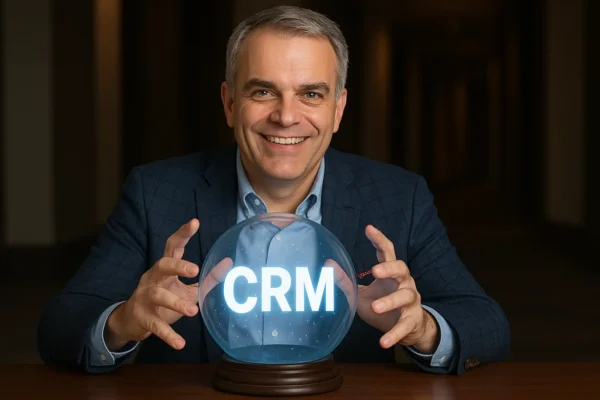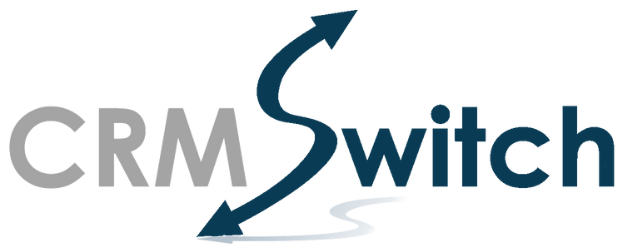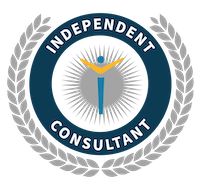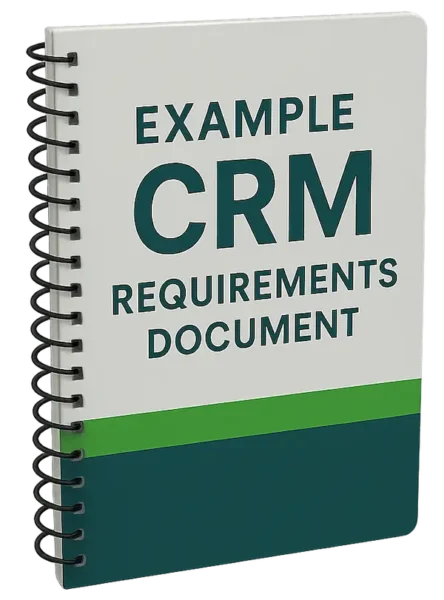Customer Relationship Management (CRM) is evolving at a breakneck speed, and few are better equipped to discuss CRM’s future than Clint Oram, co-founder and former Chief Strategy Officer of SugarCRM.

After 21 years of being instrumental in shaping one of the most popular CRM platforms, Clint recently stepped away from Sugar to immerse himself in the world of AI.
Sam Biardo and I sat down with him to talk about what lies ahead for CRM systems—and the businesses that rely on them.
Author’s note: I’ve always had a healthy skepticism about the value of predictions, but this conversation was more about ideas (some of which may shape the future) than calling out specific outcomes.
From Software to Smart Assistant
According to Clint, the next era of CRM won’t be about forms and fields—it will be about function. AI, he believes, will transform CRM from a database into a digital personal assistant. “Tell me what to do next. Tell me something I didn’t already know. Do the easy things for me.” That’s the new bar for CRM.
Oram predicts that soon, business users won’t think in terms of separate systems, such as CRM, ERP, and email. These will all operate invisibly behind the scenes.
What will be the real interface? An AI that understands customer context, pulls relevant data from across platforms, and suggests timely actions—eliminating the silos that have long slowed business down.
The Scope of Datasets
A concern that I raised is whether AI-powered CRM will only benefit large enterprises with extensive datasets. Clint challenged that notion.
He pointed out that CRM-relevant data lives not just in CRM systems, but also in emails, documents, ERP platforms, and cloud drives. AI’s real power will be in connecting and interpreting this fragmented data landscape, regardless of company size.
This convergence will enable even mid-market organizations to benefit from predictive insights and automation that once required teams of analysts.
No-Code and the Rise of AI Builders
Clint also shared his optimism about the rapid rise of no-code platforms combined with AI-driven application development. In a world of ‘vibe coding’ and one-shot app generation tools like Cursor and Bolt, the pace of innovation is accelerating dramatically.
CRM solutions will no longer be limited by IT bandwidth or development cycles. Anyone with a good idea and the right prompts can rapidly prototype a CRM tailored to their business model.
That said, Oram cautioned that maintainability, scalability, and security are still essential. “We need more software engineers than ever,” he said. “Not less.” The future isn’t code-free. It’s code-smart.
From Verticals to Micro-Verticals
Another part of the discussion was CRM’s shift from horizontal to highly verticalized solutions.
Oram believes we’ve already moved beyond ‘CRM for Healthcare’ or ‘CRM for Manufacturing.’ Today’s buyers want systems that speak the language of their business—whether that’s boutique bakeries or biotech startups.
Thanks to AI’s ability to understand and adapt, CRM vendors can now address ‘micro-verticals’ with specificity that was previously cost-prohibitive. For buyers, this means seeking platforms that don’t just offer generic features but are designed to drive outcomes in their specific industry niche.
(Clint did a mea culpa on not paying attention to Sam’s insistence on verticalization years ago.)
The Security of CRM Training Data
Security remains a foundational concern, especially as AI integrates data from various sources. Oram acknowledged the ongoing challenges but emphasized that innovation shouldn’t be stifled by excessive caution.
The future lies in smarter security, where AI proactively flags inappropriate access and data usage in real-time, rather than creating unnecessary walls between departments.
I pointed out that the security risk doesn’t lie in the CRM database, but in the ‘free-flowing’ communication layer, such as linked emails and their attachments that contain sensitive customer data.
Advice for CRM Buyers: Focus on Outcomes
When I asked Clint what mid-market companies should prioritize in CRM selection, he was clear: it’s not about chasing the longest feature list. It’s about choosing a vendor that understands your industry, your size, and your pain points—and delivers software that solves real problems.
Quoting former colleague Charles Hicks, Oram said, “People don’t want to buy software. They want to buy outcomes. Software just happens to be the path to get there.”
Innovate Relentlessly
Oram closed the conversation with advice for product leaders and entrepreneurs: You have to have a key capability that’s different. Build your wedge position, and be aware that it won’t last forever.
Innovation is the only defensible position in today’s AI-accelerated world. Customers do not stay for the features you built last year, but for the promise of what’s coming next.
Looking Ahead
The CRM of the future won’t look much like the CRM of the past. It will be seamless, intelligent, and highly specialized.
Whether you’re evaluating new platforms or building your solution, now is the time to think beyond records and reports. The future CRM system will be a platform to help you think, act, and win.
It’s still early days for Clint outside of being intensely involved in a CRM vendor’s operations. So, we can expect a lot more to come from him on the future of CRM.



